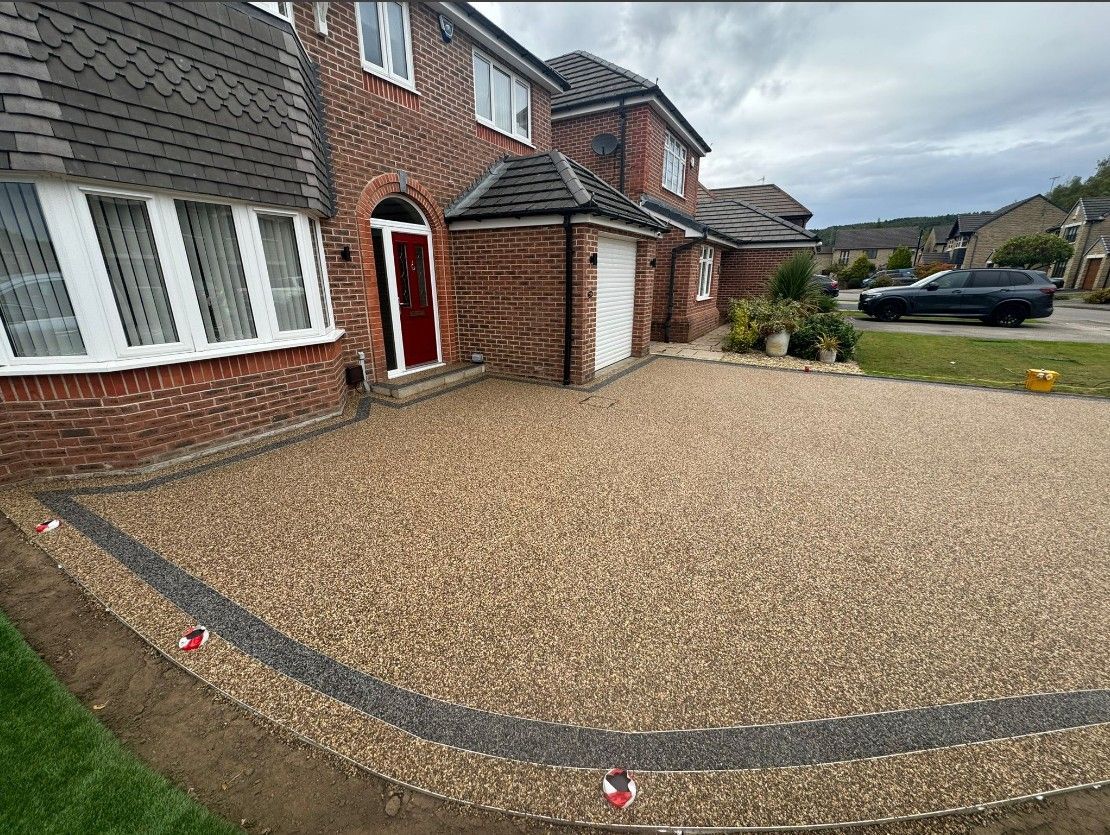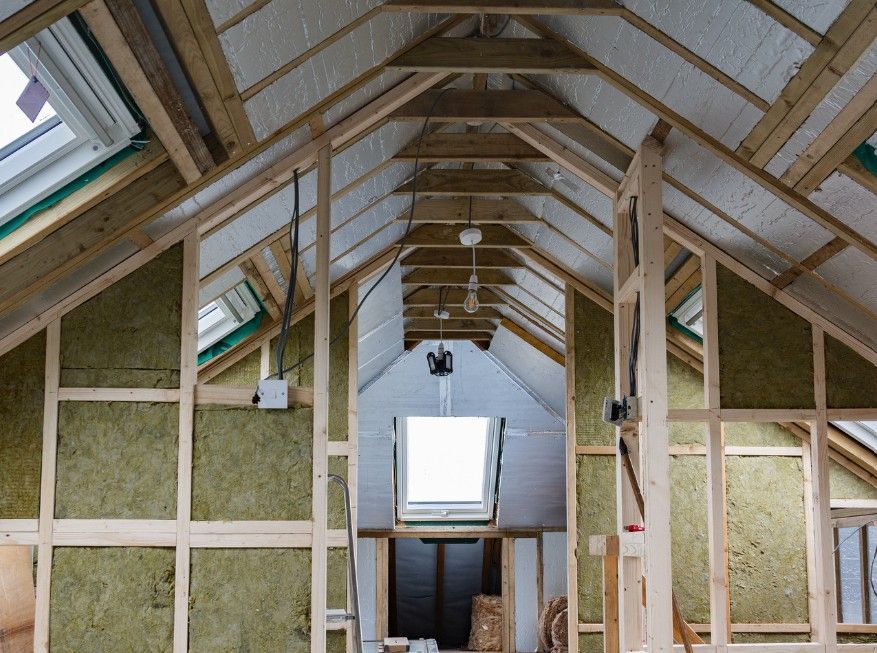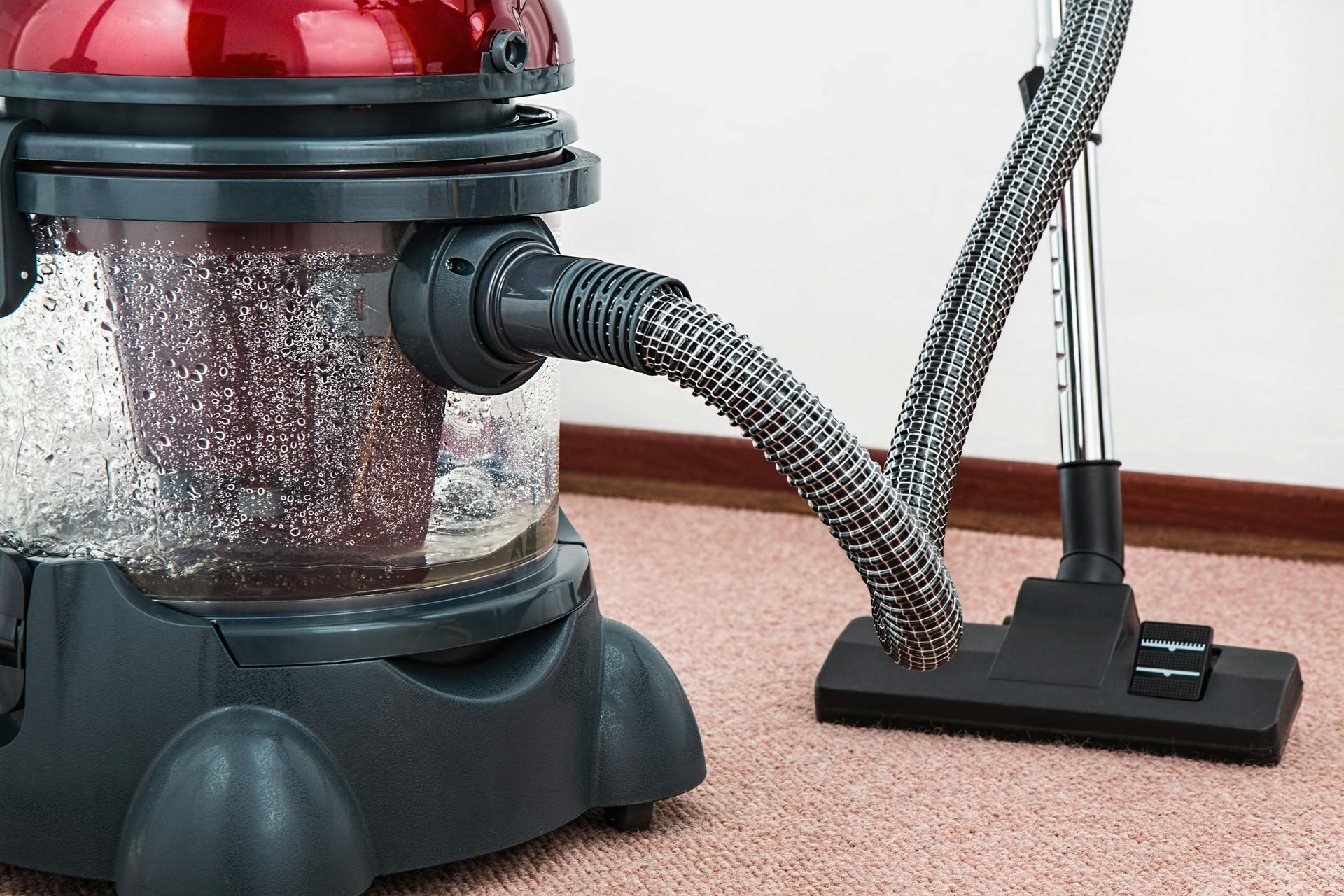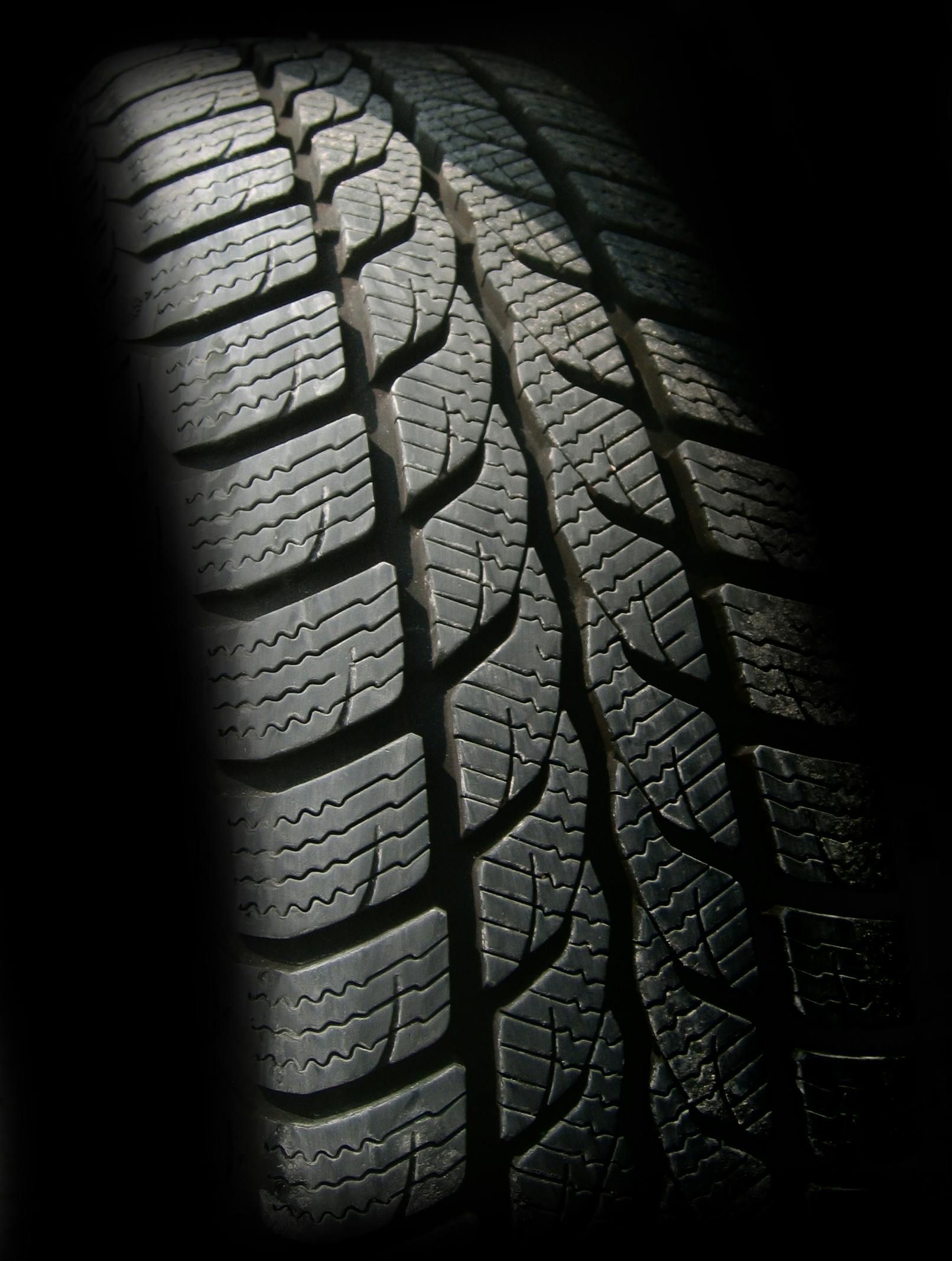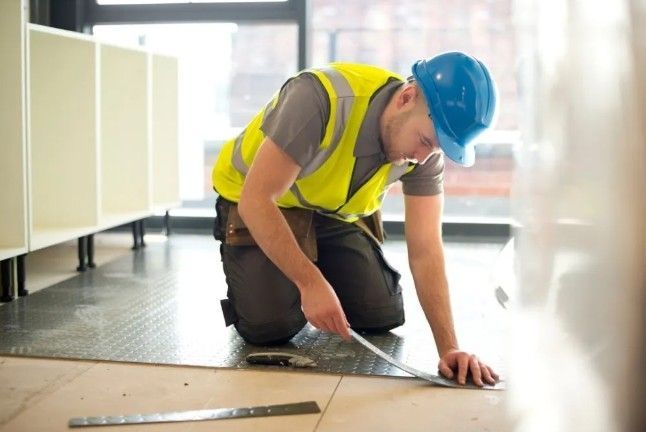Is composite decking a safer option than timber decking when wet?
What is the safest and least slippery decking when exposed to the rain?
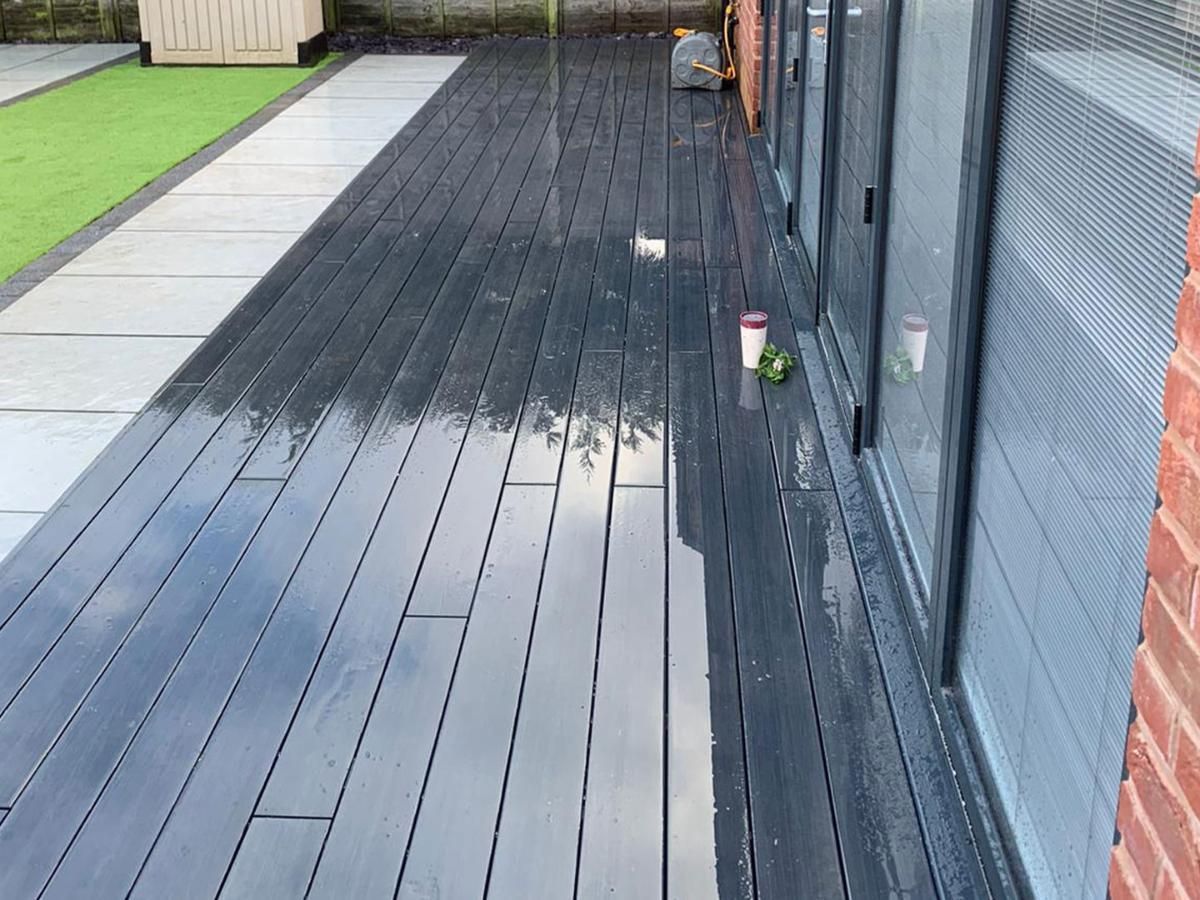
When planning your outdoor living space, one of the most important considerations is safety — particularly when it comes to choosing between composite decking and traditional timber decking. A common question homeowners and property developers ask is: “Is composite decking a safer option than timber decking when wet?” In this blog, we explore the answer in detail, comparing both materials across several key factors to help you make an informed and safe choice for your decking project.
Understanding Composite and Timber Decking
Timber decking, often made from softwoods like pine or hardwoods like teak and ipe, has been a popular choice for decades due to its natural aesthetic. However, it requires regular maintenance such as sealing, staining, and sanding to retain its look and structural integrity.
Composite decking, on the other hand, is a modern alternative made from a mix of recycled wood fibres and plastics. It's designed to mimic the appearance of wood but without the high maintenance requirements. More importantly, when it comes to wet conditions, composite decking Barnsley often has several built-in safety advantages.
Slip Resistance: The Key to Safety in Wet Conditions
One of the biggest concerns with outdoor decking is slipperiness, particularly in the UK where damp, rainy weather is frequent.
Timber Decking and Slippery Surfaces
Timber can become extremely slippery when wet, especially if moss, algae, or mildew are allowed to accumulate. Even grooved timber boards — marketed as slip-resistant — can become dangerous over time without proper upkeep. Garden decking installers providing sanding and anti-slip treatments can help, but they require ongoing effort and cost.
Composite Decking and Superior Grip
Modern composite decking is often engineered with anti-slip textures and finishes built into the surface. These materials typically achieve higher slip resistance ratings (as measured by the Pendulum Test Value or PTV) than untreated timber. Many composite products exceed the Health and Safety Executive’s minimum threshold for low slip potential, even when wet.
Some premium brands also include capping layers with additional traction properties, which significantly reduce the risk of slipping, even in icy or rainy conditions.
Maintenance and Long-Term Safety
Timber’s Need for Regular Upkeep
To maintain timber’s slip resistance, you’ll need to regularly:
- Clean off algae and dirt buildup
- Apply anti-slip coatings or strips
- Sand down rough or worn areas
- Reseal annually to prevent moisture penetration
Neglecting this maintenance increases the likelihood of slippery surfaces and wood rot, both of which present long-term safety hazards.
Composite’s Low Maintenance Advantage
Composite decking, especially capped varieties, requires far less upkeep. A basic clean with soapy water or a power washer keeps the boards looking new and maintains their non-slip surface. Unlike timber, it doesn’t absorb water, so it’s not prone to warping, cracking, or becoming uneven — all factors that could cause trips or falls.
Durability and Structural Safety
Wet timber decking can deteriorate over time, leading to splinters, cracks, and movement in the boards. These changes can create uneven surfaces and structural weaknesses. If the subframe is also timber, rot can eventually compromise the entire deck’s integrity.
In contrast, composite decking boards are moisture-resistant and splinter-free, making them safer underfoot for children and pets. They’re also often more stable across temperature and moisture changes, reducing the likelihood of movement or warping.
Eco-Friendliness and Safety
Composite decking is made from recycled materials, which gives it an edge for environmentally conscious consumers. Additionally, because many composite options are free from chemical treatments (unlike some pressure-treated timber), there's less risk of chemical leaching when wet, making it a safer surface in family gardens or eco-sensitive settings.
The Verdict: Is Composite Decking Safer When Wet?
Yes — composite decking is generally a safer option than timber decking in wet conditions. It offers:
- Better slip resistance
- Lower maintenance needs
- No risk of splinters or warping
- More durable, moisture-resistant materials
While initial installation costs may be higher for composite decking, the long-term safety benefits, combined with reduced maintenance costs and superior longevity, make it a worthwhile investment — especially in the UK’s damp climate.
Final Thoughts
If you’re weighing up the best material for your new garden deck, it’s worth prioritising safety — especially for homes with children, elderly residents, or high foot traffic. Choosing composite decking means you can enjoy peace of mind come rain or shine, with a stable, secure, and attractive outdoor surface underfoot.
For those searching online, terms like “non-slip decking ideas UK”, “best decking for wet gardens”, and “composite vs timber decking safety” can help you find more useful tips and product reviews before making your final decision.
Need help choosing safe, stylish composite decking for your garden or patio? Get in touch with our expert team today for recommendations tailored to your outdoor space and climate conditions.
Ready to work with Lexsee Business Directory?
Let's connect! We’re here to help.
Send us a message and we’ll be in touch.

